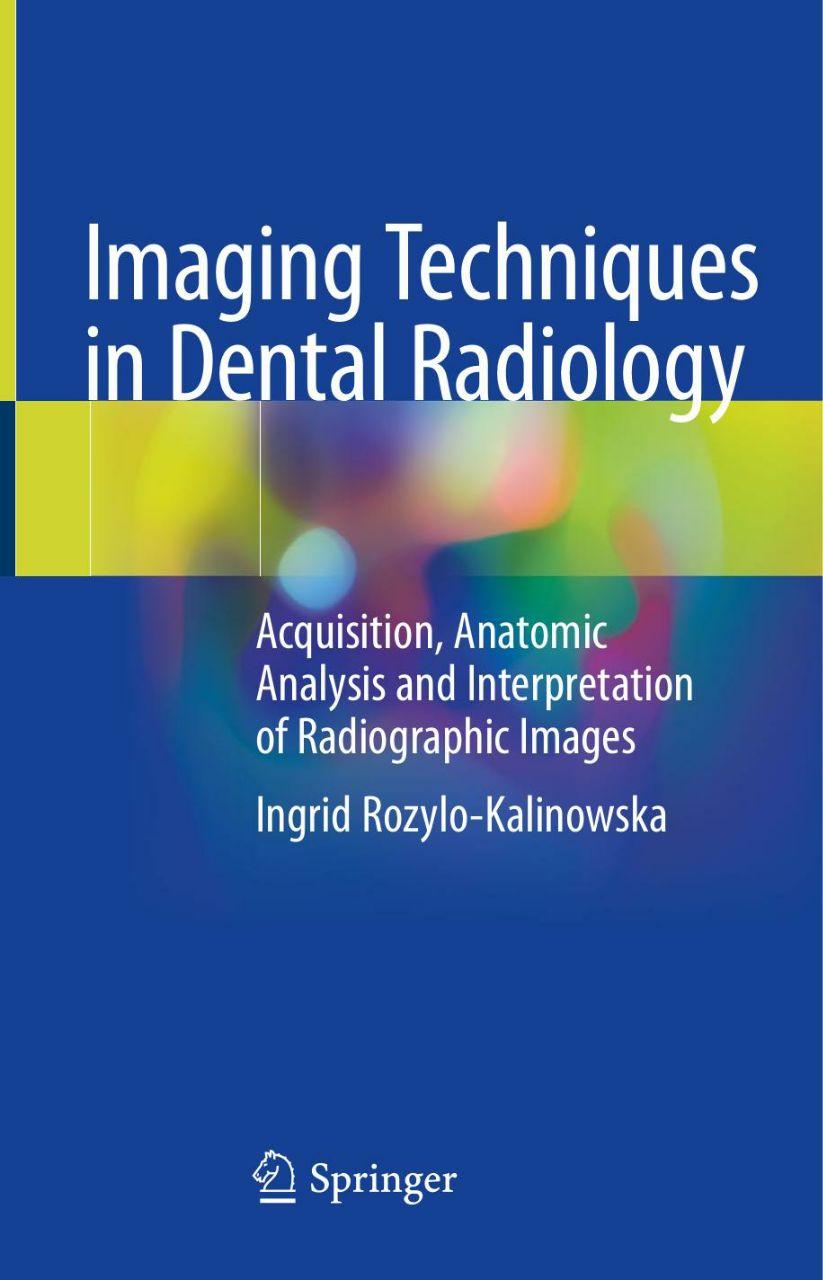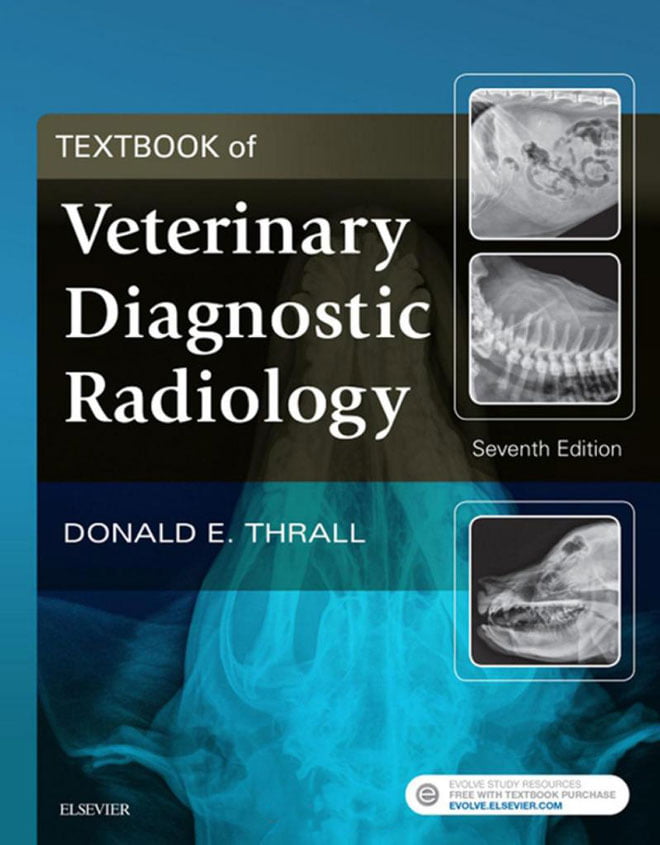

A good alternative is to rent books from Amazon (may not be available in all countries), your local library or your radiology department library. I know that this may be difficult for everyone, considering that radiology books aren’t cheap. My experience is that you would retain a lot more once you read ACTUAL books. Read physical booksĪnother trend that I have observed in residents is reading e-books on iPads and tablets. These are definitely great resources and you should use them, but once you have got your basics clear by reading books. Because there are so many resources on the internet, you will end up collecting them / browsing through them without reading them. But trust me as a first-year resident you SHOULD start off by reading standard textbooks. There are lots of resources available on the internet, including articles, case collections, and e-books. Take notes! Start with standard textbooks

Here are some tips regarding radiology books and resources: Tips for Radiology Residents Given the shortage of time, a radiology resident needs to carefully choose what books he should read. Radiology is a vast subject and there are tons of books available. Radiology books for entrance exams like NEET/AIIMS / PGI.Resources and books for medical students.Books for the ABR core exams and boards.Radiology Search Pattern and Check-lists.Procedures and Interventional radiology (IR).


To aid in student learning, the book incorporates many tools such as chapter outlines, study aid questions, self-evaluation exercises, clinical correlates, bolded key terms, and suggested reading, with two-color text for improved ease of use. More than 350 illustrations, including many new and revised to this edition, reinforce the concepts covered in the text. The fourth edition maintains its expanded coverage of avian topics, including additional information on the kidney, respiration, digestion, and male and female reproduction systems, and a greater depth of information on body water and electrolytes, to facilitate comprehension of capillary dynamics, renal dynamics, and fluid replacement therapy. With chapters logically arranged by system, Functional Anatomy and Physiology of Domestic Animals offers students in pre-veterinary or veterinary technology programs an excellent introduction to body systems for future study and practice and acts as a quick review of the basics for more advanced courses in physiology or in a clinical setting. Taking an integrated approach to the basics of anatomy – both gross and microscopic – and physiology, the book helps readers understand their interconnection in the most common domestic species. Functional Anatomy and Physiology of Domestic Animalsįunctional Anatomy and Physiology of Domestic Animals, Fourth Edition, provides a thorough grounding in the structure and function of animal body systems.


 0 kommentar(er)
0 kommentar(er)
